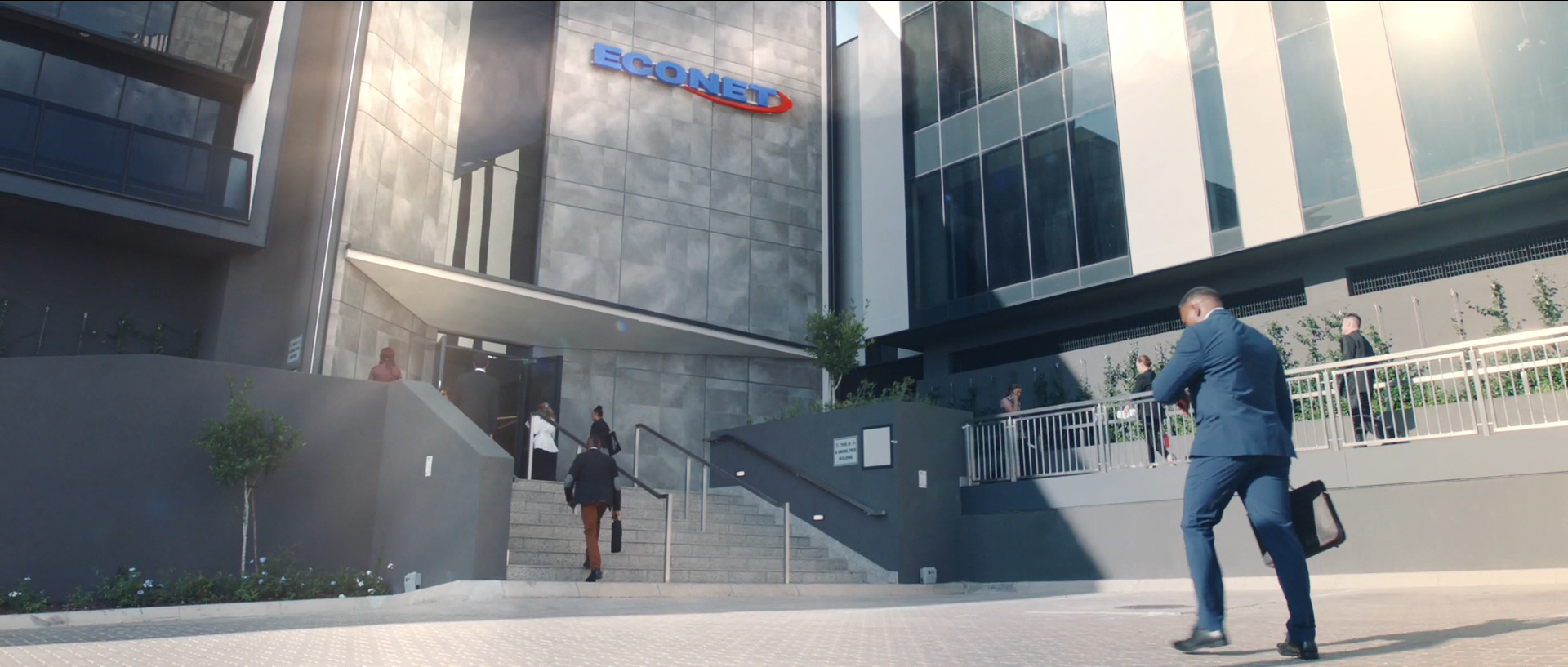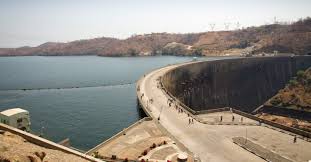Thirsty in Kariba as water for power generation drops
The stored usable water at Lake Kariba continues to decline due to El Niño conditions, raising concerns about reduced hydropower generation for Zimbabwe and Zambia, according to the latest figures from the Zambezi River Authority (ZRA).
The stored usable water dropped to 14,16 percent during the week ended March 19, 2024, compared to 15 percent in the week ended March 16, the ZRA figures show.
Zimbabwe has the capacity to generate 1050 megawatts from Lake Kariba, but average production has been limited 214 MW due to declining water at the reservoir.
“It is noteworthy that the lake level is lower during this period than was recorded last year during the same period,” said ZRA.
“Furthermore, the lake level is currently receding, contrary to its historical hydrological performance where it should have been rising during this period of the year. The obtaining recession in the lake levels is mainly due to the below average rainfall received during the 2023/2024 rainfall season.
“The effects of the El Niño weather conditions being experienced globally and over the southern African region in particular have continued to negatively impact the Zambezi River inflows into Lake Kariba.
“This situation continues to greatly impact the Lake Kariba water levels,” ZRA added.”
The Kariba Dam at full capacity can store 181 billion cubic meters (BCM) of water. Of this total amount, 116 BCM would be dead storage while 65 BCM would be live storage.
The water from the dam is transferred into each of the two power stations for power generation purposes by intakes located within the reservoir and near the dam wall.
Owing to the location of the intakes in terms of height when referenced with the base of the reservoir, waters of the Kariba are split into two, namely, water that is situated below the height of the intakes, which is referred to as dead storage, and water that is located above the height of the intakes, which is referred to as live storage.
The dead storage remains constant while the maximum possible live storage is 65 BCM.
However, the actual live storage amount may be less depending on several factors including the occurrence of rainfall which influences the level and volume of Zambezi River inflows into the lake, evaporation and utilisation of the obtaining live storage by the two power stations. These factors influence the volume of available live storage in the Kariba dam’s reservoir.-ebusinessweekly










